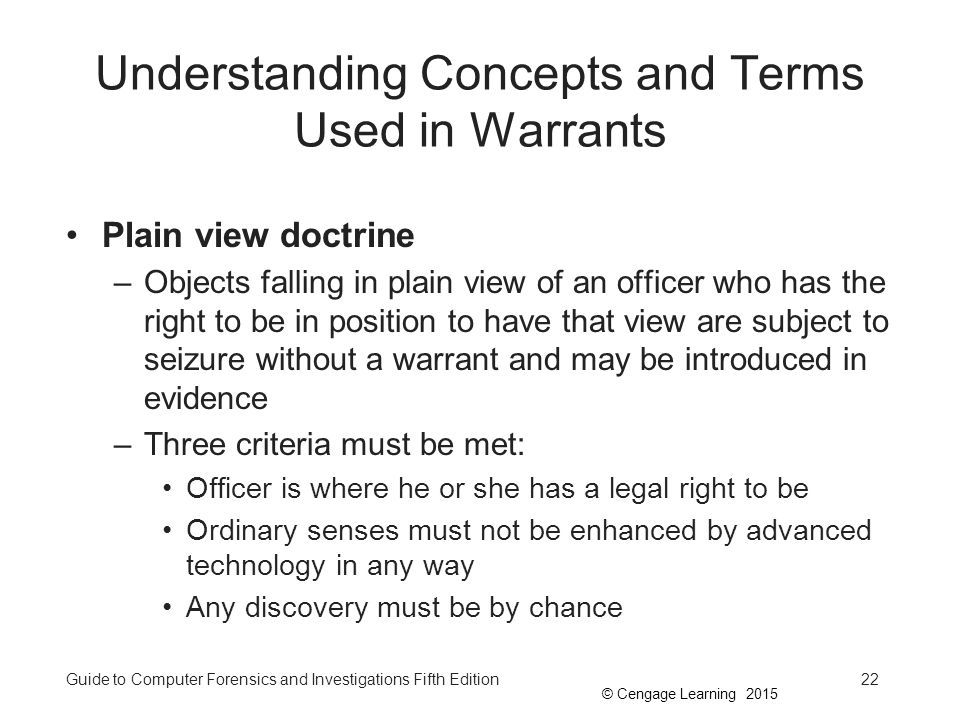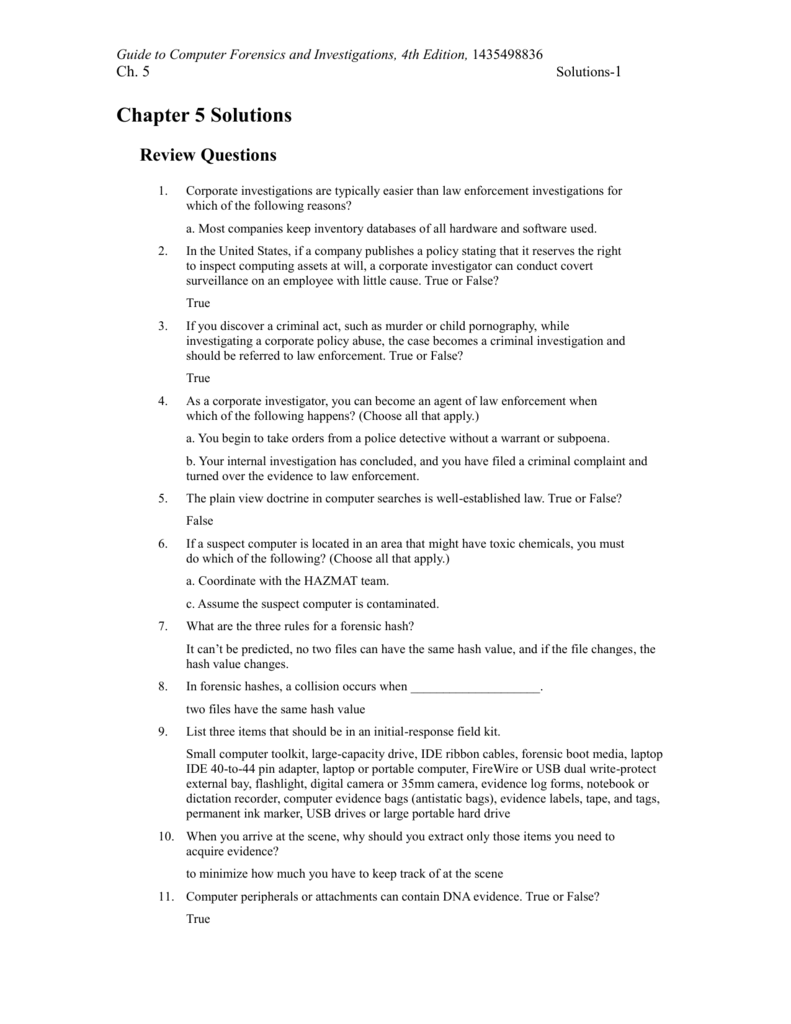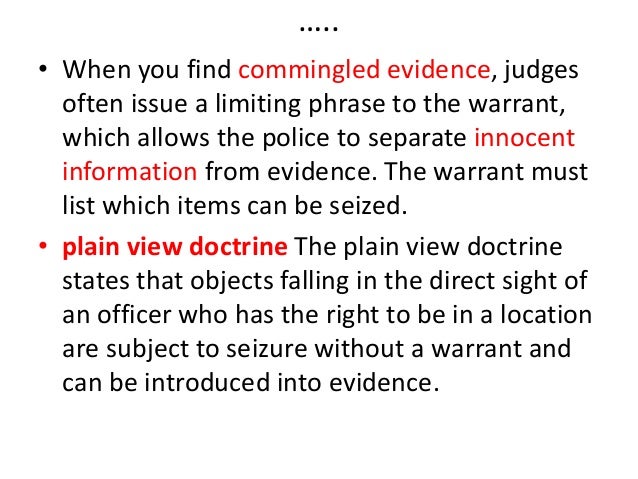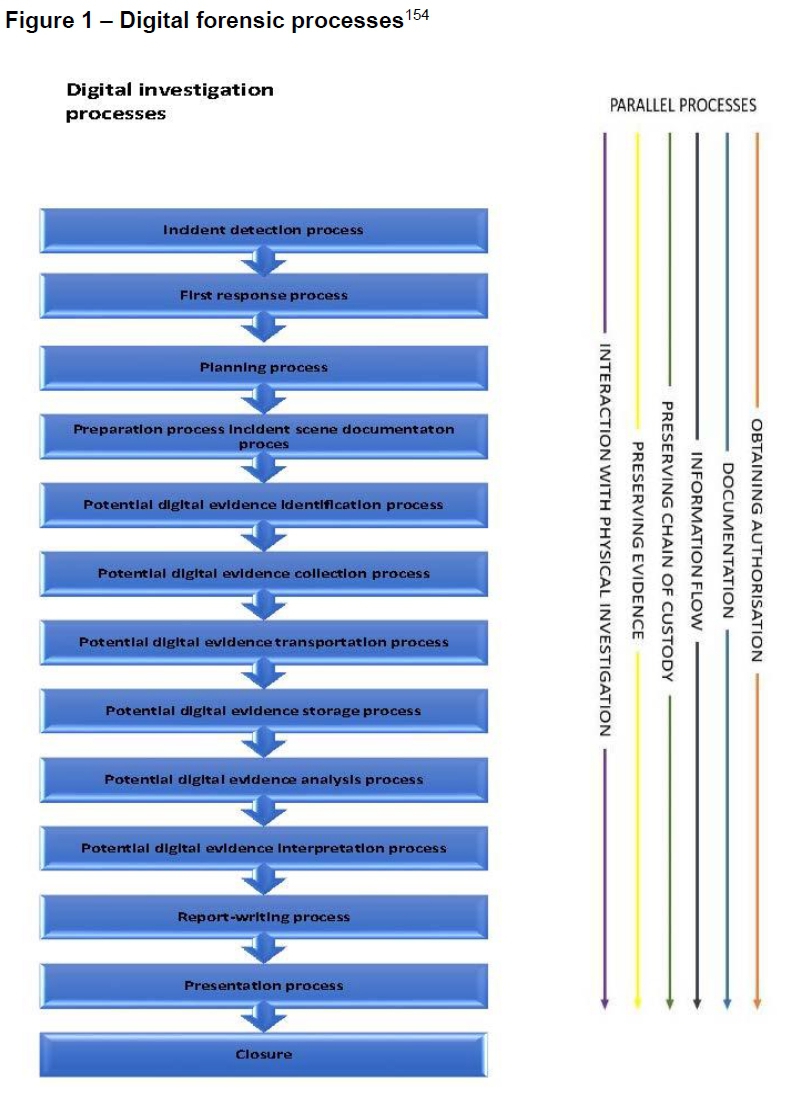Plain View Doctrine Digital Forensics
What are three approaches to determining whether the doctrine applies to a specific case need in a word document with no less than 250 words.
Plain view doctrine digital forensics. In the united states the plain view doctrine is an exception to the fourth amendment s warrant requirement that allows an officer to seize evidence and contraband that are found in plain view during a lawful observation. If you discover a criminal act while investigating a company policy abuse the case becomes a criminal investigation and should be referred to law enforcement. Segregation and redaction of electronic data must be done either by specialized personnel or an independent third party. The plain view doctrine in computer searches is well established law.
Part iii begins by summarizing the ninth circuit s land mark decision in the comprehensive drug testing cdt case followed by a discus sion of several recent cases in which courts have disagreed with or refused to. For the plain view doctrine to apply for discoveries the three. Courts should not apply the plain view doctrine to digital evidence because the application of the plain view doctrine to digital evidence threatens to nullify fourth amendment protection for digital property. Describe the plain view doctrine and why it has such a significant impact on digital forensics.
If the detective in our example saw evidence of a crime on the screen of the suspect s desktop pc then the detective could use that as evidence against the suspect and search the pc even though it wasn t covered in the original warrant. If the segregation is to be done by government computer per sonnel the government must agree in the warrant applica tion that the computer person. The plain view doctrine also permits certain seizures to be conducted without a warrant. Chapter 1 digital forensic.
The plain view doctrine gives detectives the authority to gather any evidence that is in the open while conducting a search. 4th amendment on searches and seizures. When an officer searches a physical location pursuant to a search warrant and stumbles upon evidence of a crime other than the one that motivated the search the evidence is said to be in plain view and it may be seized by the officer and used to support a criminal prosecution. Evidence in a container can not possibly be identified by plain.
Reliance upon the plain view doctrine in digital evidence cases. Some courts apply the plain view doctrine. The incriminating character of the object should be immediately identifiable. 1 what constitutes plain view for digital property is still a question of first impression for most courts.
The doctrine is also regularly used by tsa officers while screening persons and property at u s.













